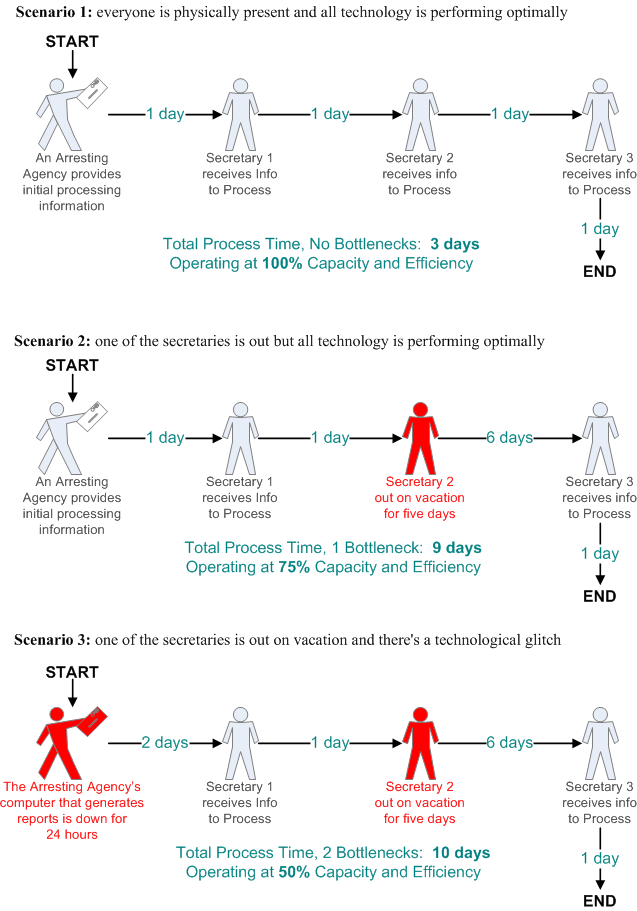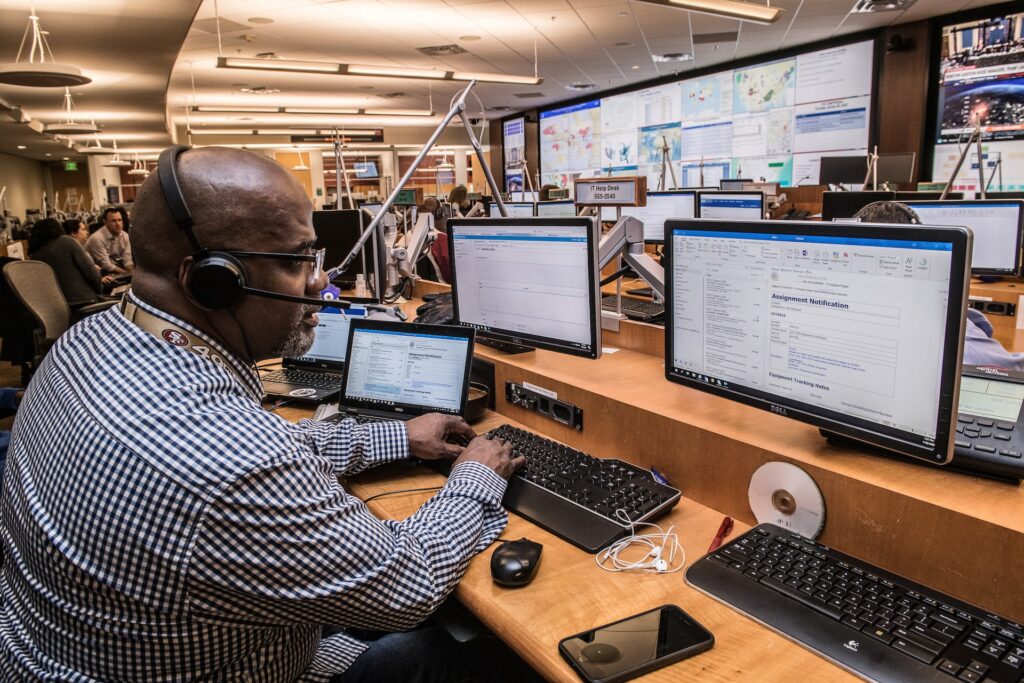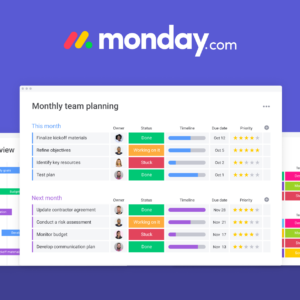As a business owner, you already have more work to do than time to do it. The last thing you need is slow processes that negatively impact daily operations. By now you’ve probably heard of the importance of “systematizing” your business. That is, having a process-dependent business as opposed to a people-dependent business. But what does that really mean? In this post, we’ll sort through the jargon you need to know so that you can tell the difference.
Definition of a Business Process
A business process represents a collection of those job tasks or activities (known as “inputs”) needed to produce a particular “output” or result, consistently.

The successful execution of a business process is directly affected by:
- the people performing and/or monitoring the process,
- the tools and technology used to facilitate the process, and
- the working environment in which the process is performed.
As you convert your company’s processes from people-dependent to process-dependent, the goal is NOT to get rid of people but to optimize the balance amongst these three areas.
Definition of a Process Bottleneck
Just as a car accident or a malfunctioning traffic light can impede smooth traffic flow and is considered to be a traffic bottleneck, similarly, a business process bottleneck occurs when information or work flow breaks down in some way. In other words, any breakdown in one person’s capacity or efficiency to perform his/her job can negatively impact the output of another person’s capacity or efficiency. Left unchecked, comprised capacity or efficiency multiplies and threatens to shut down operations altogether.
Consider the following three scenarios that illustrate how the point at which a bottleneck occurs can affect capacity and efficiency.
Of course the ideal scenario is the first one. This is most certainly a people-dependent process. Total processing time jumps from 3 days to 9 days if one secretary is out of the office for a week. Even though a computer malfunction slows down the arresting agency by one day, it does not have nearly the same impact as an actual person not being physically present.
But how can you, as the entrepreneur and the person ultimately responsible for your company’s operational success, tell if your business’ operations are people or process-dependent?
Here are 3 major ways to tell the difference:
- Map it out. Use the above illustrations as a guide to create rudimentary flow diagrams of major operations within your business. Are there far more people than automated systems?
- Time it. Write down the time it takes to get from one step to the next. Add all the times together. Is it taking an unusually long time to complete a process?
- Test it. Play around with different scenarios to determine what could happen if certain people were unable to perform an activity (because of being sick, on vacation, etc.), if certain software or equipment is malfunctioning, and/or if a natural disaster occurs. Where are the bottlenecks? How much time passes before you’d have to completely shut down operations?
The good news is there are ways to mitigate and safeguard your business’ operations against known process bottlenecks. For example, the organization featured in the above scenarios can:
- Write down key processes to cross-train staff. This allows for replacement staff when someone is not physically present.
- Establish an Out-of-Office policy. Staff must submit vacation requests two weeks in advance. This bides the manager time in finding a replacement. Sounds simple but I’m always surprised at how many small businesses don’t have such a policy.
- Conduct an Failure Modes Effect Analysis (FMEA). This is a robust tool for contingency planning. With it you brainstorm all of those things that can go wrong or slow down the process and develop a plan of action to either mitigate or eliminate those possibilities.
- Develop a Disaster Recovery Plan. This is a troubleshooting plan that addresses steps to take in the event of unpreventable events like fire, theft and flood. Let’s face it, technology will fail but how quickly you recover from it can make a huge difference to your bottom line profit.
Now ask yourself, “are your company’s operations truly process-dependent”? Feel free to comment below to share your tips or ask a question about your specific situation – we can all learn from each other!












